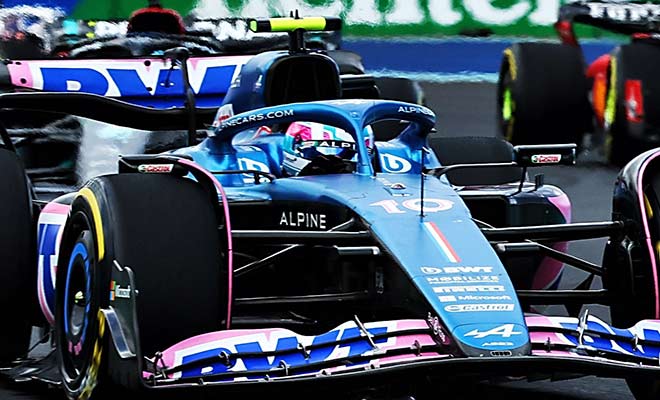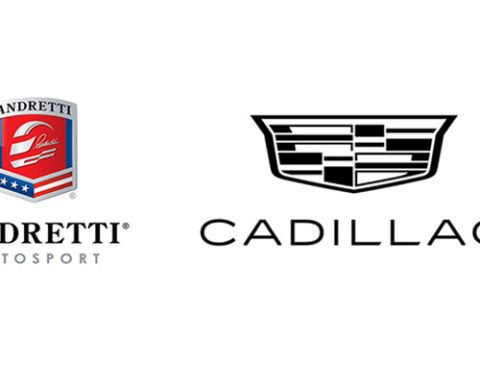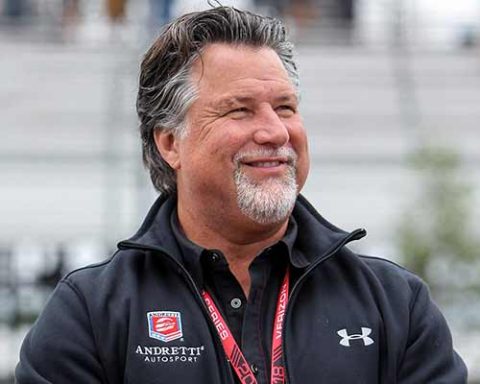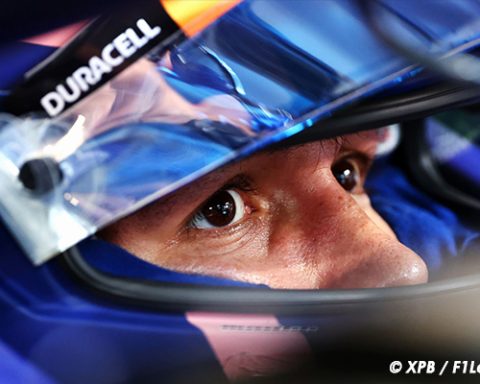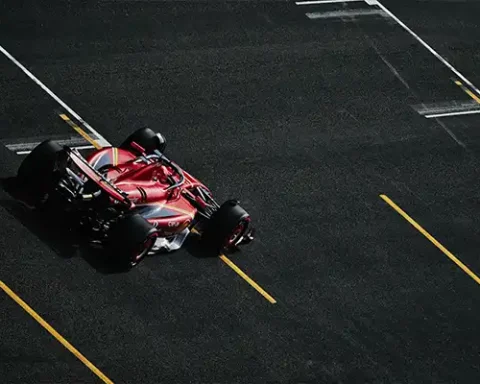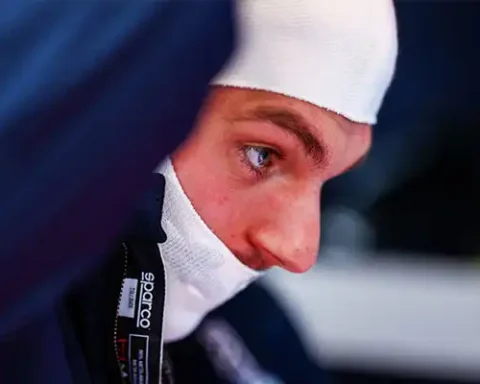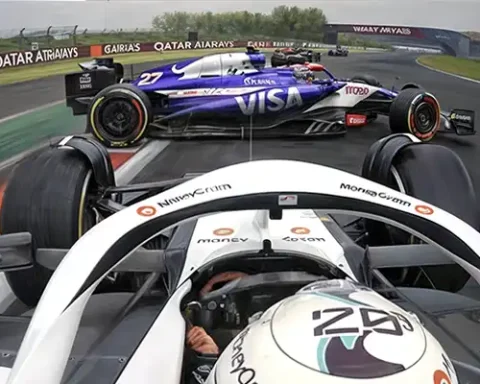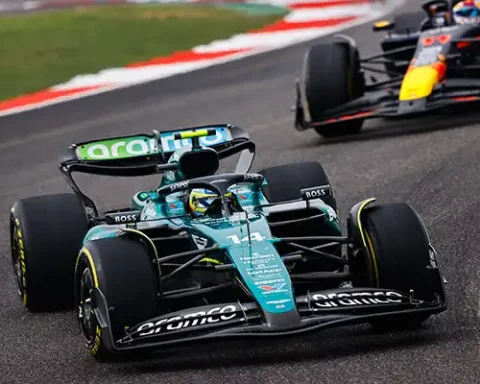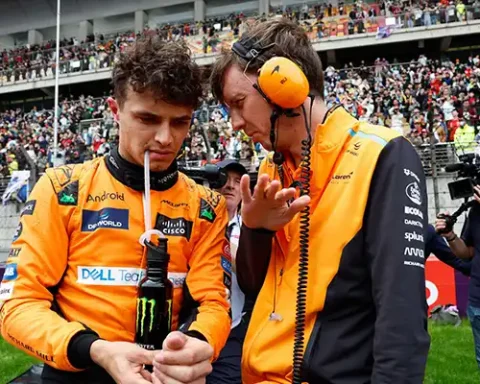Alpine F1‘s 2026 strategy, led by Technical Director Matt Harman, targets long-term success through advanced infrastructure and technological innovation, aiming for peak performance by 2026.
Alpine F1 is setting its sights on long-term success. Matt Harman, the Technical Director, has previously stated the team’s ambition to reach peak performance by 2026. He emphasized that beyond engine development, a key technical focus, advancements in infrastructure will drive progress.
2026 Future Focus
“We’re zeroing in on the future, targeting the 2026 regulations and the cars we need to build by then,” Harman stated. “We’re also embarking on a major program at both our Enstone and Viry sites to enhance capabilities and functionalities.”
“We are fully funded to achieve these goals, and we’re gearing up to install all this equipment. It will be operational and fueling the 2026 regulations, also integrating into our cars well before that time.”
“Our focus has shifted to honing our simulation tools. We aim to be sharper, better equipped to quickly derive accurate answers from challenging questions. I’ve seen the benefits of this approach in teams I’ve worked with in the past. It’s a significant upgrade to our capabilities.”
“All this is underway. From my perspective, the plan we established over the past three years remains unchanged; we’re just accelerating it now. We’re well-funded. We have ample staff; it’s just a matter of getting down to work.”
The new simulator, set to be launched as soon as possible, is touted to be a superior tool compared to the current one, which Harman still advocates: “It will be operational by 2026. We’re extremely excited about it, housed in an absolutely colossal building, which will also foster other exciting developments. I’m very enthusiastic.”
“What we currently have is a very, very good tool. However, its resolution and bandwidth don’t quite measure up. I believe this will give the drivers another level of confidence in simulator correlation, which will be crucial for the 2026 season.”
Alpine F1 2026 Strategy “Our processes are increasingly effective,”
states Harman, detailing Alpine’s advancements in understanding development and preparation phase challenges, especially in terms of correlating simulator components with on-track performance.
“We’re mastering this process more and more, I believe. A key focus for me is achieving greater precision in identifying the root causes of our issues. Cost capping is incredibly tricky if not addressing these root causes.”
“We can’t afford to experiment blindly. Through simulation, we need to gain understanding, aiming to get it right the first time. Then we make a change and evaluate it on the track.”
Harman also admits that inaccurate data has sometimes led to poor decisions: “This has been a bit of a weakness. When your tools aren’t precise enough, I think you can reach a point where you start believing certain things you see in the tools around you.”
“If you’re not skilled at performing what I call this loop, if you’re not adept at checking, rechecking, and questioning, I think you can reach the wrong conclusion and take a direction that might misguide you for six months.”
“I believe we’re improving in this area. And as I mentioned earlier, capabilities are enhancing. Thus, the fundamental tools themselves are significantly improving.”
Alpine F1 2026 Strategy Infrastructure and Simulation Advancements. Alpine F1 2026 Strategy Infrastructure and Simulation Advancements
- You may like also
- ANALYZING STEINER’S SHOCKING DEPARTURE FROM HAAS F1
- Stay informed on the latest Formula 1 updates by following us on Facebook and Twitter
